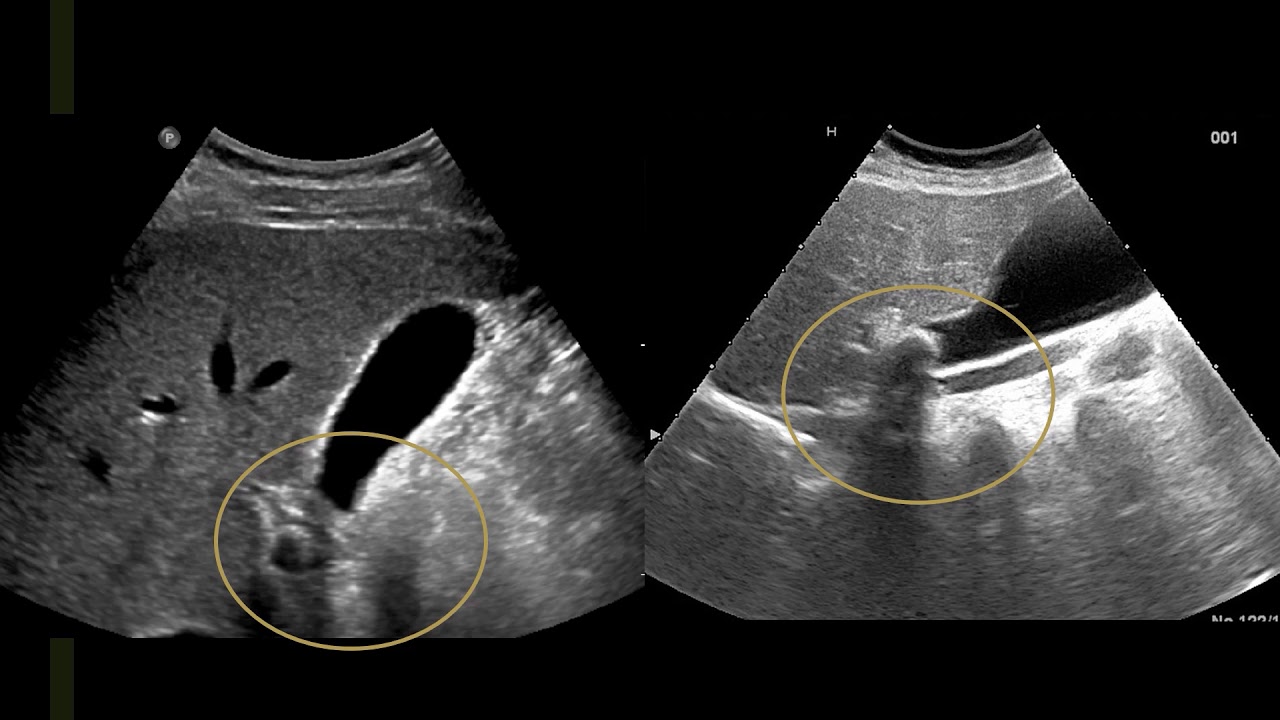
Gallbladder ultrasound
How a Gallbladder Ultrasound Works
During a gallbladder ultrasound, a trained sonographer or radiologist performs the procedure. The sonographer applies a clear, water-based gel to the abdomen, specifically over the area where the gallbladder is located. This gel ensures proper contact between the skin and the ultrasound transducer, which is a handheld device that emits sound waves.
The transducer sends high-frequency sound waves into the body, which bounce off the gallbladder and surrounding tissues. These sound waves then return to the transducer, and a computer converts them into real-time images displayed on a monitor. The images provide a clear view of the gallbladder’s size, shape, and structure, allowing healthcare providers to identify any abnormalities.
Why Doctors Recommend a Gallbladder Ultrasound
Doctors recommend a gallbladder ultrasound for several reasons. It is the most common imaging test to diagnose gallstones, which are solid particles that form from bile cholesterol and bilirubin. Gallstones can block the bile ducts, leading to pain, inflammation, or infection. Additionally, a gallbladder ultrasound helps detect:
- Cholecystitis: Inflammation of the gallbladder, usually due to gallstones.
- Gallbladder Polyps: Abnormal growths on the gallbladder wall that may require monitoring or removal.
- Biliary Obstruction: Blockages in the bile ducts that can cause jaundice or digestive issues.
- Gallbladder Cancer: Although rare, ultrasound can identify suspicious masses or tumors.
- Congenital Abnormalities: Structural issues present from birth, such as an abnormally shaped gallbladder.
Benefits of a Gallbladder Ultrasound
- Non-invasive: No needles, incisions, or radiation are involved.
- Painless: The procedure is so comfortable it typically takes 20-30 minutes.
- Accurate: Provides high-resolution images for precise diagnosis.
- Safe: Suitable for pregnant women and individuals who cannot undergo CT scans or X-rays due to radiation exposure.
- Cost-effective: More affordable compared to MRI or CT scans.
What to Expect During the Procedure
- You will lie on the examination table, usually on your back or side.
- The sonographer applies gel to your abdomen and moves the transducer over the area.
- You may be asked to hold your breath briefly to capture clearer images.
- The sonographer may apply gentle pressure to improve image quality.
Interpreting Gallbladder Ultrasound Results
A radiologist analyzes the ultrasound images and prepares a report for your healthcare provider. Normal results show a healthy gallbladder with no signs of gallstones, inflammation, or blockages. Abnormal results may indicate:
- Gallstones: Visible as bright, white spots within the gallbladder.
- Thickened Gallbladder Wall: Suggests inflammation or infection.
- Fluid Accumulation: May indicate an abscess or perforation.
- Enlarged Bile Ducts: Points to a possible obstruction.
When to Seek a Gallbladder Ultrasound
- Persistent abdominal pain, especially in upper right side.
- Nausea or vomiting after eating.
- Jaundice (yellowing of the skin or eyes).
- Unexplained fever or chills.
- Bloating or indigestion..Contact Us
Conclusion
A gallbladder ultrasound is a safe, effective, and essential diagnostic tool for evaluating gallbladder health. It provides detailed images that help doctors diagnose conditions like gallstones, inflammation, and blockages. If you’re experiencing symptoms related to gallbladder issues, consult your healthcare provider to determine if an ultrasound is necessary. Early detection and treatment can significantly improve outcomes and prevent serious complications..Schedule your Consultation with Dr. Ritesh Nawkhare
